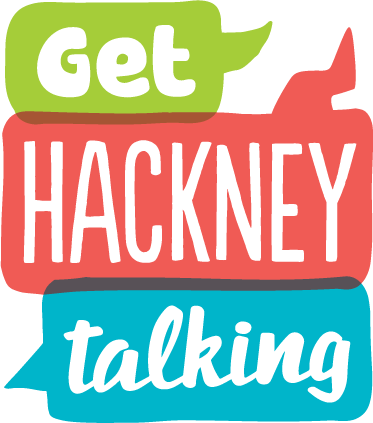Children who do not speak aloud in school, despite being able to speak in other, more familiar surroundings may be described as ‘selectively mute.’ This is provided that the child has been in the school for more than six weeks and they know how to speak the language. There may be underlying difficulties with language, speech or literacy, but this is not the reason for the selective mutism.
Selective mutism is an emotional difficulty manifested as specific social anxiety about speaking in certain situations. The child is not ‘controlling’, ‘choosing not to speak’ or ‘attention seeking’; they have a phobia about speaking in certain situations and/or with certain people.
Strategies that may benefit your child in situations that cause them anxiety
- Take note of non-verbal communication your child currently uses, such as:
- nodding or shaking head
- pointing to indicate an answer or make requests
- tapping or nudging adults or other children
- writing messages to communicate
- smiling and laughing silently to show enjoyment and share humour
- Maintain the child’s need to communicate by creating opportunities but not expectations for them to speak (eg. Answering if they’d like a drink). Do not place pressure on your child to speak, but create situations in which they can communicate in some way.
- Accept non-verbal responses (including pointing, nodding/shaking head, tapping, writing) but don’t encourage these all the time. You may need to adjust styles of questions asked to be more closed, so that the child is able to make a response. E.g. whilst reading a picture book you could ask a question based on the picture. However, instead of saying, “John, point to the answer”, ask “Is it A or B?”, whilst pointing to the two possible answers that are on the page. The child then has the option to answer verbally or with pointing.
- When talking with the child, make more comments than questions. This reduces the pressure on them to make a response and avoids a situation where someone is waiting for them to respond.
- Make less direct eye contact with the child. Look instead at a shared object or sit/stand beside them, which is a less threatening position.
- Encourage the child to take risks by trying new things, but in a safe way. Working alongside your child to help them communicate or complete something challenging is better than someone doing it for them.
- If the child does speak aloud, it is important to reward their talking with ongoing interaction, but do not make a big deal about it.
- Acknowledge the child’s fear of speaking. In a one-to-one situation, speak with the child about their difficulties using phrases such as, “you are not alone”, “I’m going to help you”, “I know that it must be difficult for you”, “You are going to get better” and “You don’t have to talk, but you can if you want to”. Be direct about the problem, but reassuring.
Activities to help your child
- Playing the drum – making sounds that do not involve the body
- Clapping, tapping – making body sounds not involving the mouth
- Blowing, whistling, tongue-clicking, popping cheeks with a finger – making body noises involving the mouth but not voice
- Hissing to make a snake sound – making sounds without the voice, that represent an animal or object
- Chinese whispers – writing sentences or messages on cards and going around the circle whispering the message to the person next to your child until the last child says the message aloud.
- Chanting in unison – times tables, rhymes and songs
- Beat the clock – your child hides from one to five objects around the room, and records the places to look using a tape recorder. You are given one minute to find them.
- Bingo, Lotto – First you are the caller, then your child is the caller.
- Solve the riddle or definitions – you give clues about an animal or object and your child has to see how quickly they can arrive at the answer. The answer could be a word or picture on a card which your child can win.
- The longest sentence in the world – each person adds a word to set a record. There is only one catch – the word ‘and’ can only be used once!
Further information
Selective Mutism Resource Manual by Maggie Johnson and Alison Wintgens (2001)
Selective Mutism Information and Research Association website: www.smira.org.uk
Helping Your Child with Selective Mutism by Angela McHolm, Charles Cunningham and Melanie Vanier (2005)
Can I tell you about Selective Mutism: A guide for Friends, Family and Professionals by Maggie Johnson and Alison Wintgens (2012)
My friend Daniel doesn’t Talk by Sharon Longo (2006)


